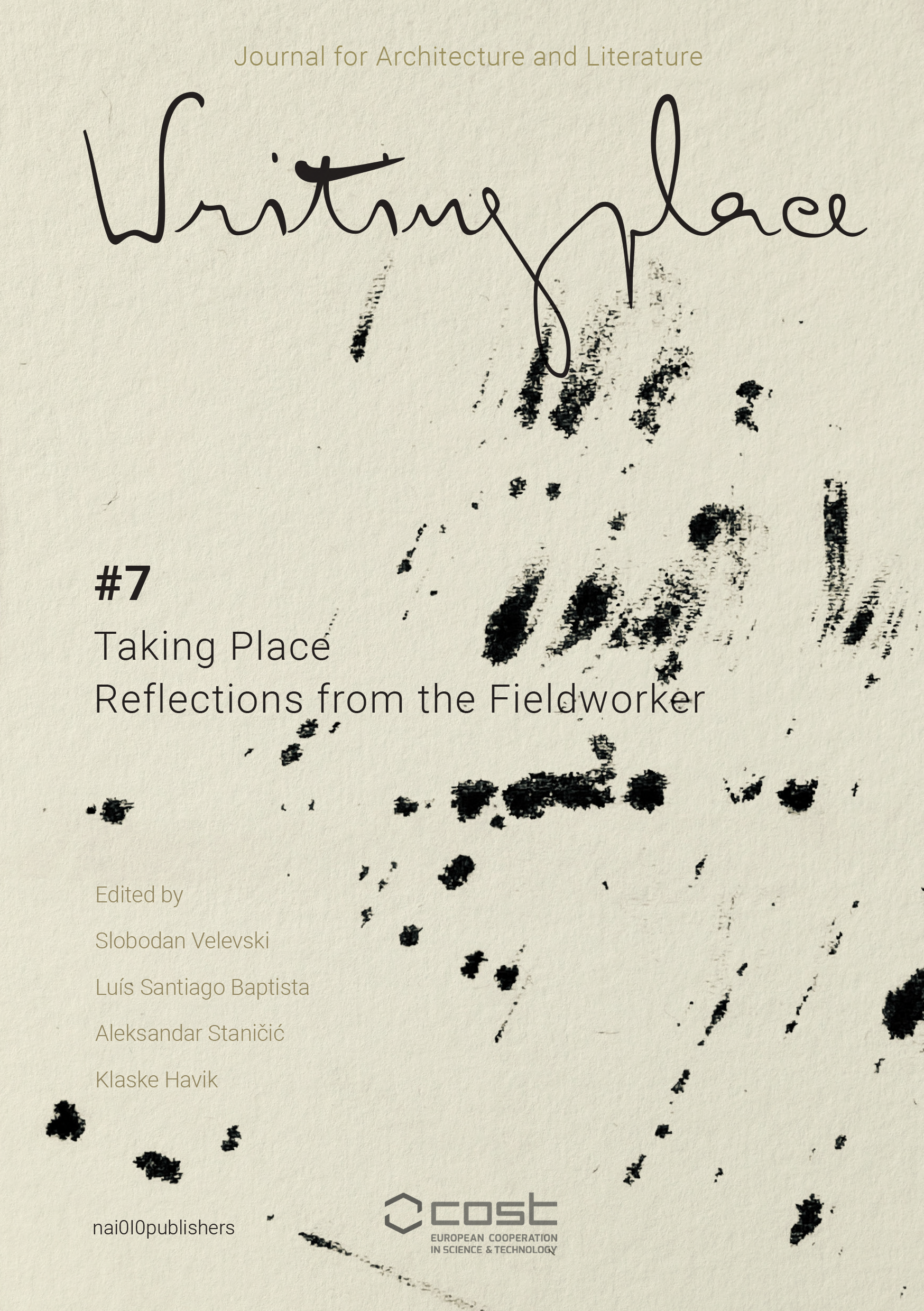Urban Atmospherics
DOI:
https://doi.org/10.7480/writingplace.7.6374Keywords:
Atmospheres, Johannesburg, Toxicity, AnxietyAbstract
In this article, we consider how an atmospheric attunement to place enables new ways of writing place. Specifically, we draw on fieldwork conducted in Johannesburg and reflect on the outcome of a remote, collective writing process pursued during months of lockdown, when our attention was dominated by talk of air and virality. We think about how our fieldwork provided us with an unsettling preview of the atmospheric anxieties to come, of a time when the very idea of the urban harboured an unseen and largely uncalibrated threat. Having developed a digital StoryMap as a way to host our written reflections, we also assess the importance of our cross-disciplinary method, especially when it comes to sensing and responding to these atmospheric circulations in less anxious, more critical terms.
References
Niels Albertsen, ‘Urban Atmospheres’, trans. Bülent Diken, Ambiances, (2019), pp. 1-21.
Ben Anderson, ‘Affective Atmospheres’, Emotion, Space and Society, 2 (2009), pp. 77-81.
Gernot Böhme, ‘Atmosphere as the Fundamental Concept of a New Aesthetics’, Thesis Eleven, 36.1 (1993), pp. 113-126.
Tim Choy, ‘Air’s Substantiations’, in Kaushik Sunder Rajan (ed.), Lively Capital: Biotechnologies, Ethics, and Governance in Global Markets, Durham, NC, 2012, pp. 121-154.
Mark Gevisser, ‘From the Ruins: The Constitution Hill Project’, Public Culture, 16.3 (2004), pp. 507-519.
Martin Murray, Panic City: Crime and the Fear Industries in Johannesburg, Stanford, CA, 2020.
Jane Rendell, Site-Writing: The Architecture of Art Criticism, London, 2010.
Kathleen Stewart, ‘Atmospheric Attunements’, Environment and Planning D: Society and Space, 29.3 (2011), pp. 445-453.
Published
Issue
Section
License
Copyright (c) 2023 Ed Charlton, Hanna Baumann, Jill Weintroub

This work is licensed under a Creative Commons Attribution 4.0 International License.


